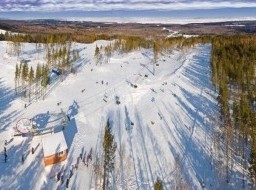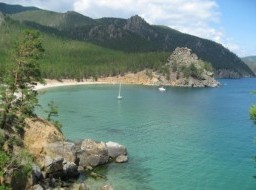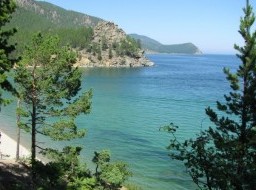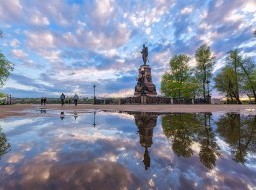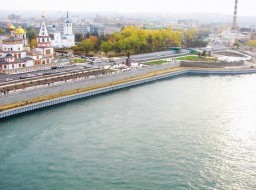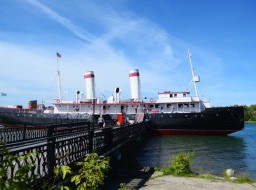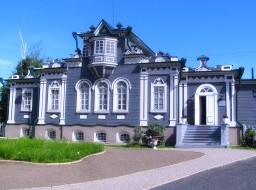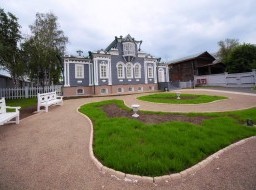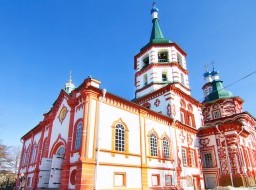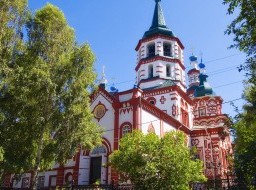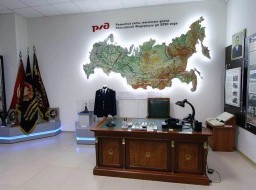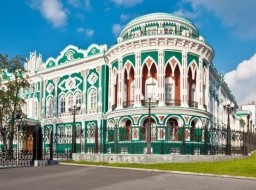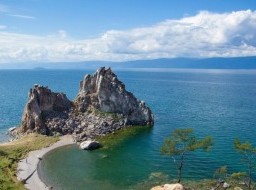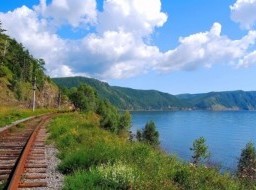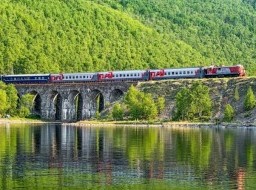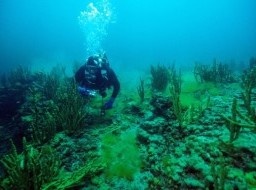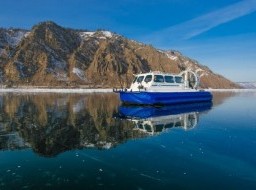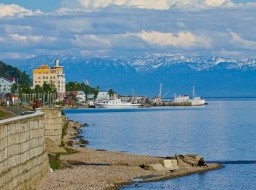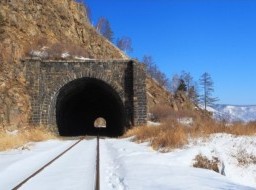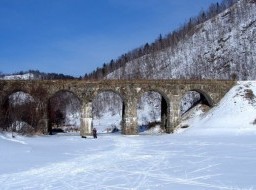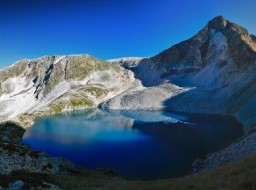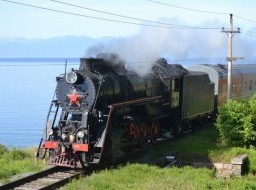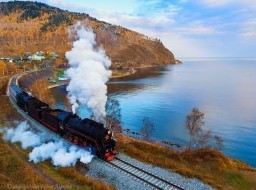Angara River embankment
Current place the Lower Embankment has been used since the founding of Irkutsk. On the spot where now a mound and viewing platform, was a dock for privatewire ships and boats, which led to the carriageway of the Spasskaya tower of the Kremlin, Irkutsk. Along the shore of the Angara was formed meadows and the road to Znamensky monastery. Gradually (with the increase in the settlement) of the free territory was built up with blocks. On the Lower Promenade for the first time in the history of Irkutsk was built the first Gostiny Dvor and the scow, which led to the Moscow highway on the other side of the Angara. Also there was a customs office and other institutions. Special pride of the Bottom of the Embankment and the hallmark of the Irkutsk became the Cathedral of the Epiphany, founded in 1693 and the arc de Triomphe "Moskovskie Vorota" and "Pavilion of Prince Nicholas." Today the pedestrian (lower) layer of the embankment presents an observation deck, which connects with the Avenue of veterans and Public gardens, the bridge over the highway the Bottom of the embankment. It is a favorite place of citizens and guests of the city. Visiting the viewing platform is considered to be the duty of the newlyweds. The history of the Lower Embankment of the Angara began in the 17th century in Irkutsk. Originally there were meadows here, then a pier appeared and even later - a residential settlement with a guest house, customs and state institutions. Today it is the northern part of the historic city center and a popular promenade. There are many notable buildings on the Lower Angara Embankment. For example, the Moscow Triumphal Gate is an arch, first built in 1813 in honor of the tenth anniversary of the reign of Emperor Alexander I. The arch was given such a name due to the fact that it was set at the exit from Irkutsk to the Moscow highway. This almost 20-meter-high building was designed as a functional: the top floor had a tea-drinking room, and the gateway was a location of the outpost keepers and the humane society. The current arch is a reconstruction made around 2010 (the previous dilapidated arch was dismantled in 1928). If you move away from the Lower Angara Embankment towards the Sukhe-Bator Street, you can see the Church of Our Saviour (Spasskaya Church), the first stone temple in Eastern Siberia. It was built in the early XVIII century (there was a wooden building here even earlier) and decorated with paintings from the outside. The rich decoration of the temple was lost in the 1930s, and the church itself just escaped being demolished. Now it is restored and is functional. This is the only evidence of the times of the currently defunct Irkutsk fortress. At the walls of the Church of Our Savior there is a bronze Monument to St. Peter and Fevronia, which was opened in 2011 on the occasion of the 350th anniversary of the city. On the same Sukhe-Bator Street you can see another remarkable temple - the Epiphany Cathedral, built with the participation of the Wonderworker-Saints Innocent and Sophronius. The first building of this cathedral appeared at the end of the XVII century, but it was destroyed by a fire. The present cathedral dates from 1746. It survived several earthquakes and lost the original interiors. The restored cathedral combines the styles of Siberian baroque and classicism.
|
|




